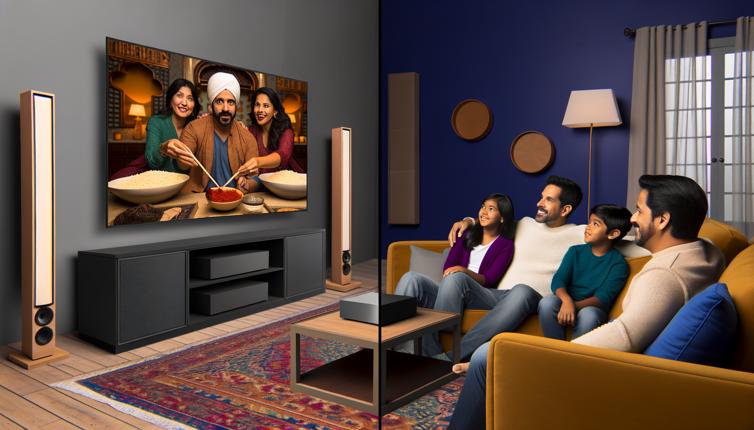1. Determine Your Needs
Before you start shopping for a laptop, it's important to determine your needs. Consider what you'll be using the laptop for - work, gaming, browsing the internet, etc. This will help narrow down your options and ensure you choose a laptop that meets your specific requirements.
2. Set a Budget
Laptops come in a wide range of prices, so it's important to set a budget before you start your search. Determine how much you're willing to spend and stick to that budget. Keep in mind that more expensive laptops often have better performance and features, but you can still find great options within your budget.
3. Consider the Size and Weight
Laptops come in various sizes, ranging from compact ultrabooks to larger gaming laptops. Consider where and how you'll be using your laptop to determine the ideal size and weight. If you'll be traveling frequently, a thin and lightweight laptop may be more suitable.
4. Choose the Operating System
The operating system (OS) is the software that runs on your laptop and determines how you interact with it. The three most common operating systems are Windows, macOS, and Chrome OS. Consider your familiarity with each OS and the software you'll be using before making a decision.
5. Look for the Right Specifications
When it comes to specifications, consider the processor, RAM, storage, and graphics card. The processor determines the speed and performance of the laptop, while the RAM and storage affect multitasking and file storage. If you'll be using your laptop for gaming or graphic-intensive tasks, a dedicated graphics card is essential.
Conclusion
By considering your needs, setting a budget, choosing the right size and weight, selecting the preferred operating system, and looking for the right specifications, you can successfully buy a new laptop that meets your requirements. Don't forget to read reviews and compare different models before making a final decision.








